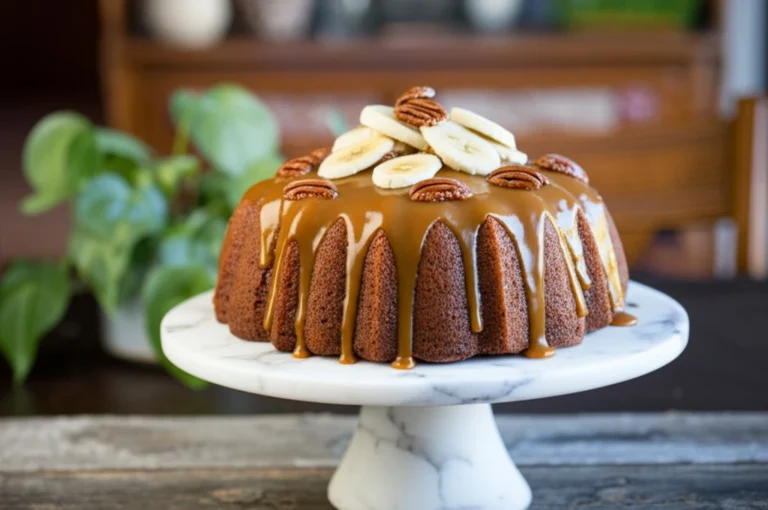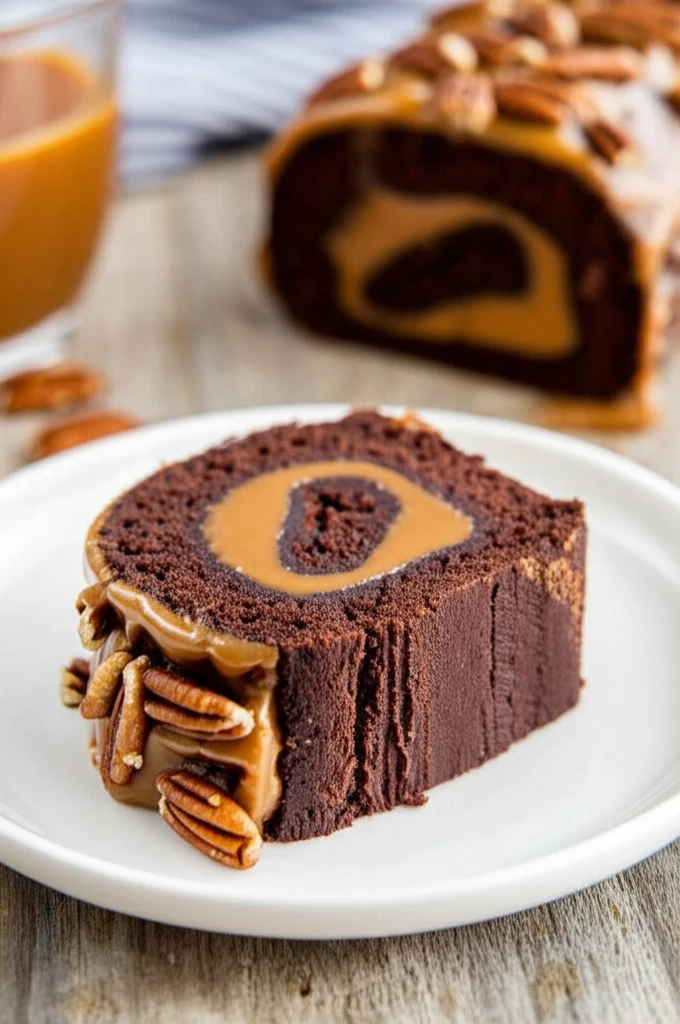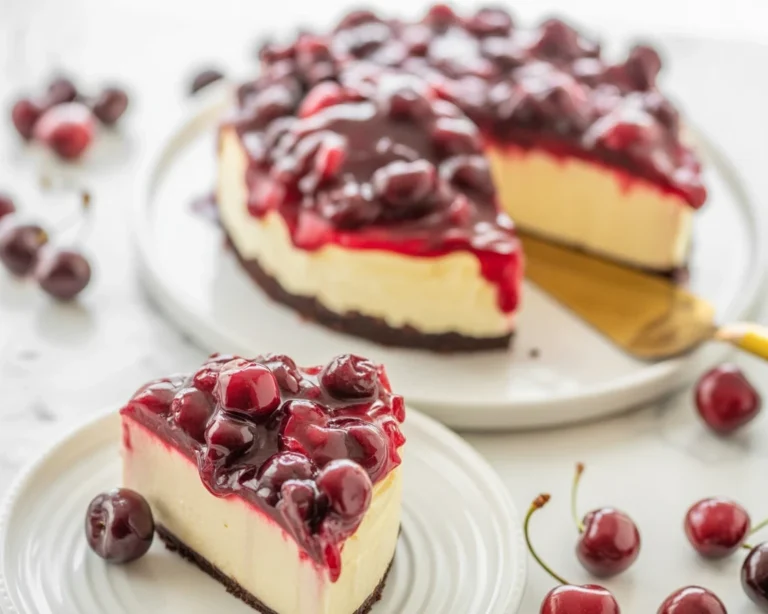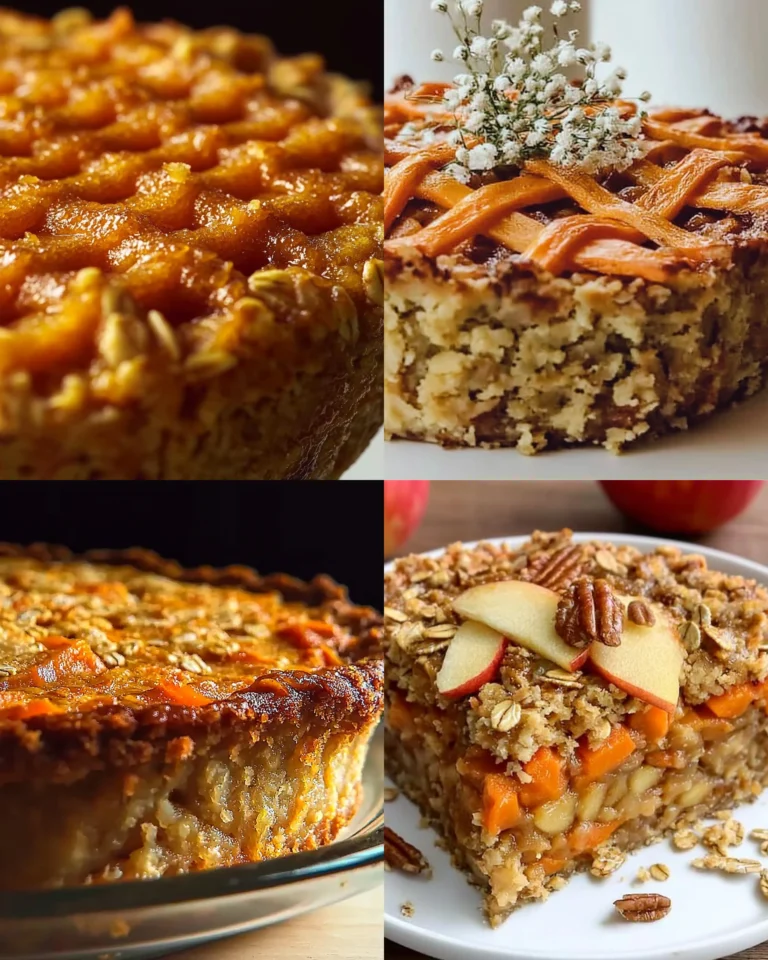Sizzling Ribeye Filet: Your Guide to a Juicy Dinner Delight

Hey there! Last weekend I finally nailed the perfect ribeye steak after months of trial and error. Let me tell you all about ribeye filet cooking techniques that transformed my dinner game completely! If you’re torn between ribeye vs filet mignon for your next special meal, I’m here to help you decide. The way I grill ribeye filet now makes my family beg for it weekly! I’ve collected some foolproof ribeye filet recipes that even beginners can master. Looking for the best sides for ribeye filet? I’ve got you covered there too. Before diving into steaks, you might want to check out my Terra Massoud recipe for an amazing appetizer or my no-bake Black Forest cheesecake for dessert to complete your meal. Trust me, your dinner guests will be impressed! 
Understanding Ribeye Filet: What Makes This Cut Special
Let’s get one thing straight—ribeye filet is literally the best of both worlds. It’s cut from the center of the ribeye, giving you that incredible marbling and flavor of a ribeye steak without all the extra fat around the edges. I remember the first time I cooked one, I was shocked at how much it resembled filet mignon in shape but had that unmistakable ribeye flavor.
The ribeye filet comes from the longissimus dorsi muscle, which doesn’t get much exercise. That’s why it’s so tender! What makes this cut really special is how it combines the buttery tenderness you’d expect from a filet with the rich, beefy flavor that ribeye enthusiasts crave.
Price-wise, it’s usually a bit cheaper than filet mignon but more expensive than a regular ribeye steak. For me, it’s worth every penny when I want to treat myself but don’t want to break the bank on a whole Prime ribeye. The compact size (usually about 8 ounces) also means perfect portion control—no more fighting over who gets the better part of the steak! 
The Best Cooking Methods for Ribeye Filet: Tips and Techniques
I’ve tried cooking ribeye filet every way imaginable, and I’ll save you the trouble—some methods are definitely better than others! My absolute favorite is the reverse sear technique. Start by cooking the steak in a 275°F oven until it hits about 115°F internal temperature, then finish it in a screaming hot cast iron pan with butter, garlic, and herbs. The result? Perfect edge-to-edge doneness with a killer crust.
For all you grill masters, ribeye filet is amazing over charcoal. Just make sure you’ve got a two-zone fire set up. Sear it directly over the coals for about 2 minutes per side, then move it to the cooler side until it reaches your preferred temperature. I like mine medium-rare, about 130-135°F.
Don’t have a grill? No problem! A simple pan-sear works wonders too. Get your heaviest pan super hot, add a high smoke-point oil like avocado oil, and cook for about 4 minutes per side for medium-rare. The key is not to touch the steak too much—let it develop that gorgeous crust. And always, always let it rest for at least 5 minutes before cutting into it! 
Flavor Profiles and Marinades: Maximizing Your Ribeye Filet Experience
Here’s the thing about ribeye filet—it’s already packed with flavor, so you don’t want to go overboard with seasonings. My go-to is simply kosher salt and freshly cracked black pepper applied about 45 minutes before cooking. This creates a mini dry-brine that amplifies the meat’s natural flavors.
For special occasions, I’ll make a compound butter with garlic, rosemary, and a tiny splash of bourbon to melt over the steak right before serving. The heat from the steak releases all those aromatics and creates this amazing sauce right on your plate.
If you’re feeling adventurous, try a quick 2-hour marinade with olive oil, balsamic vinegar, and crushed garlic. Don’t marinate much longer than that—the acids can start to break down the meat too much. I learned this the hard way when I left it overnight and ended up with mushy steak!
For a global twist, chimichurri sauce spooned over a just-cooked ribeye filet is absolutely mind-blowing. The fresh herbs and slight acidity cut through the richness of the meat perfectly. My dinner guests always ask for the recipe when I serve this combo! 
Exploring Ribeye Filet Variations: Recipes and Serving Suggestions
My absolute favorite way to serve ribeye filet is with smashed garlic potatoes and roasted asparagus. The potatoes soak up all those amazing meat juices, and the asparagus adds a nice crunch. If you’re looking to impress, try my “steakhouse at home” platter: ribeye filet, creamed spinach, and a twice-baked potato with extra cheese.
For a date night special, I do what I call “Surf & Turf Lite”—a perfectly cooked ribeye filet with 3-4 garlic butter shrimp on top. It’s fancy enough to feel special but doesn’t require the budget for lobster tails.
Temperature matters big time with these steaks. Rare (125°F) showcases the meat’s natural flavor, but I prefer medium-rare (135°F) as it renders more of the intramuscular fat. Don’t go beyond medium (145°F)—you’ll lose what makes this cut special.
Got leftovers? Lucky you! Slice it thin and make the best steak sandwich of your life with caramelized onions and a smear of horseradish cream on toasted sourdough. Or chop it up for next-level breakfast tacos with scrambled eggs and avocado. A cold ribeye filet straight from the fridge at midnight isn’t half bad either (don’t judge me, we’ve all been there)!
The Perfect Steak Night Awaits!
So there you have it—everything you need to create a restaurant-worthy meal at home. Remember, cooking the perfect ribeye filet isn’t about fancy equipment or chef-level skills. It’s about respecting the meat, nailing your timing, and keeping it simple. Start with quality beef, get your pan smoking hot, and don’t overcomplicate the seasonings. Whether you’re cooking for someone special or just treating yourself, this cut delivers major flavor without major effort. Give it a try this weekend—I guarantee it’ll become your new go-to for special dinners! Check out this gorgeous prime ribeye filet marbling for inspiration, and browse these perfect pan-seared rib-eye filets for more cooking ideas. 
Ribeye Filet
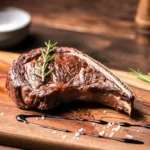
Ingredients
For the Ribeye Filet
- 16 oz Ribeye filet Usually around 8 ounces per filet.
- 1 tsp Kosher salt Apply 45 minutes before cooking for a dry-brine effect.
- 1 tsp Freshly cracked black pepper Use as seasoning.
For Compound Butter
- 2 Tbsp Butter Melted and mixed with garlic and herbs.
- 1 clove Garlic Minced.
- 1 sprig Rosemary Chopped.
- 1 Tbsp Bourbon Add for flavor.
For Marinade (Optional)
- 2 Tbsp Olive oil For marinating.
- 1 Tbsp Balsamic vinegar To add acidity.
- 1 clove Crushed garlic To enhance flavor.
Instructions
Cooking the Ribeye Filet
- Preheat your oven to 275°F.
- Season the ribeye filet with kosher salt and black pepper and let it sit for 45 minutes.
- Cook the ribeye filet in the oven until it reaches an internal temperature of 115°F.
- Heat a cast iron pan over high heat, add butter and finish cooking the steak until desired doneness is achieved.
- Let the steak rest for at least 5 minutes before slicing.
Serving Suggestions
- Serve the ribeye filet with smashed garlic potatoes and roasted asparagus.
- For a ‘Surf & Turf Lite’ experience, top with garlic butter shrimp.

